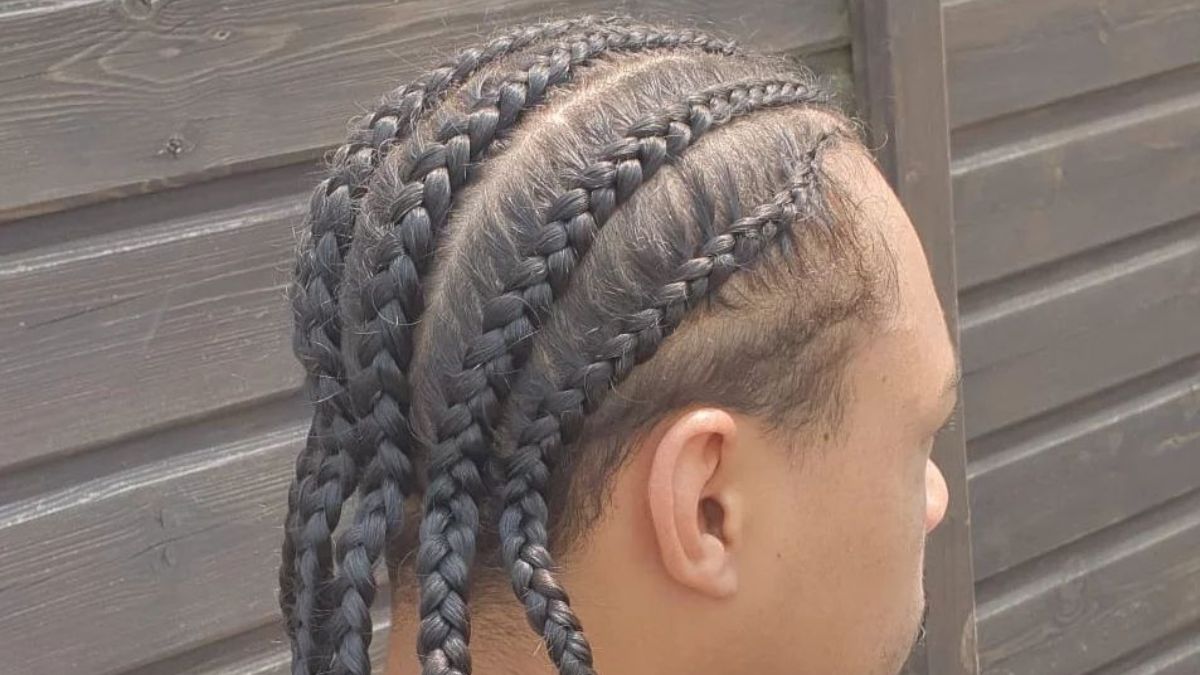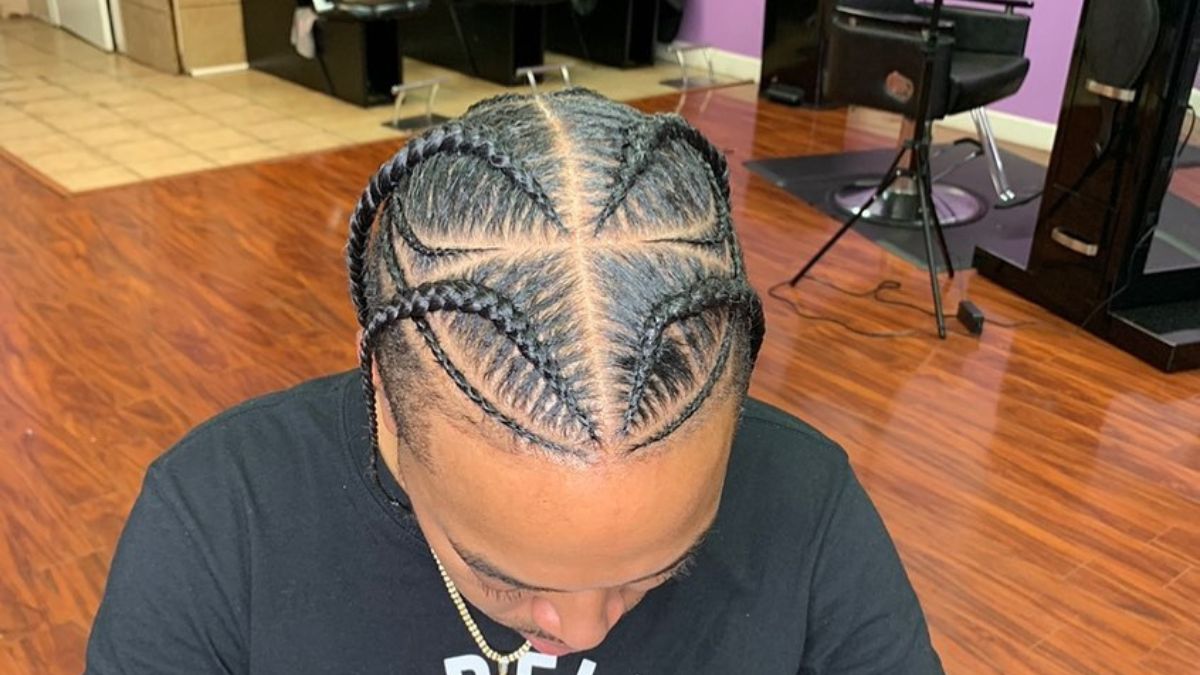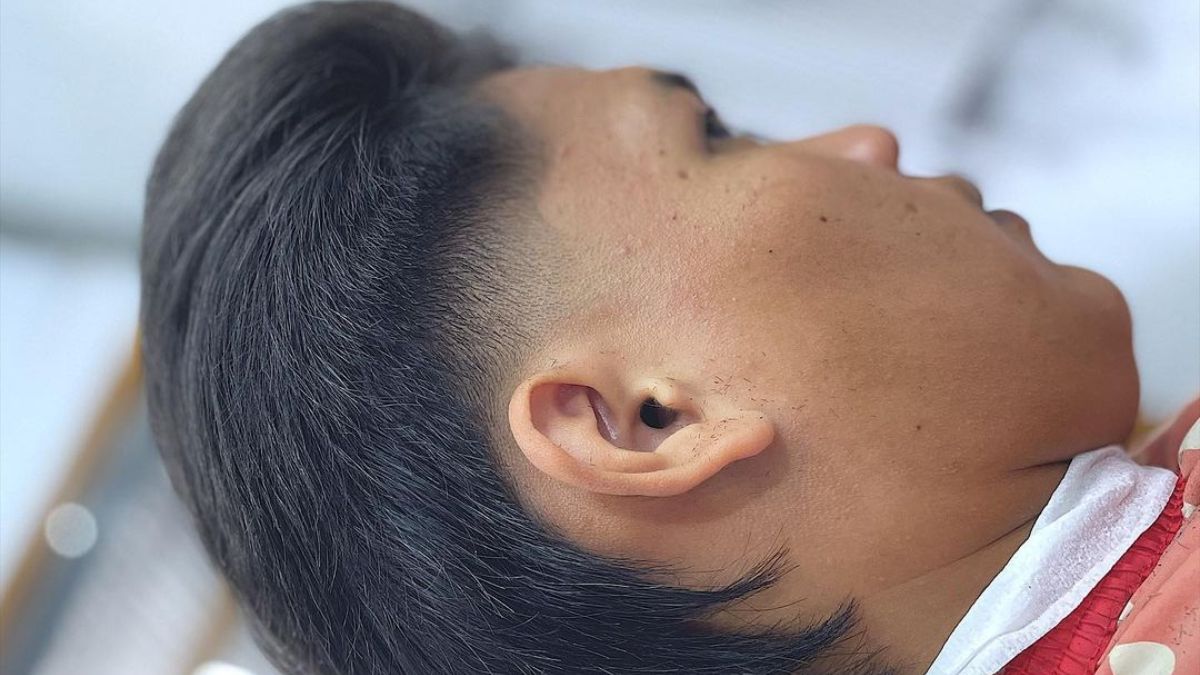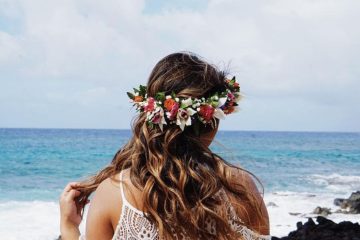Living with alopecia can be a challenging experience, especially when it comes to finding hairstyles that help protect your hair and scalp. Fortunately, there are many protective braid styles available that provide the perfect balance of comfort and style. These braids can range from simple cornrows to intricate twists and offer an easy way to keep your hair looking great while minimizing potential damage.
When choosing a protective braid style for alopecia, it’s important to consider size, texture, length, as well as lifestyle needs such as sports or swimming. It’s also helpful to consult with a professional stylist who is experienced in working with clients living with alopecia for tips on how best to care for their hair type and condition. With the right advice and some experimentation, you will soon find the perfect protective style for you!
If you have alopecia, styling your hair can be a challenge. Fortunately, protective braid styles offer an effective and stylish solution. Braids are great because they provide protection while allowing you to express yourself in various ways.
Here are some tips on how to create protective braid styles for alopecia that will make you look and feel amazing!
1. Start with clean, healthy hair: Before braiding your hair, make sure it is properly washed and conditioned so that the style lasts longer without breaking or frizzing up. Use a gentle shampoo and conditioner specifically formulated for people with fine or thinning hair such as those living with alopecia.
2. Braid from the scalp outward: To ensure maximum protection of the scalp from damage caused by friction or stress from styling tools like combs or brushes, start the braiding process at the scalp and move outwards towards the ends of your hair strands when creating each braid section. This allows for more even distribution of tension throughout each strand which helps prevent breakage due to excessive pulling on one area of the head only instead of the all-over coverage provided by this type of style technique.
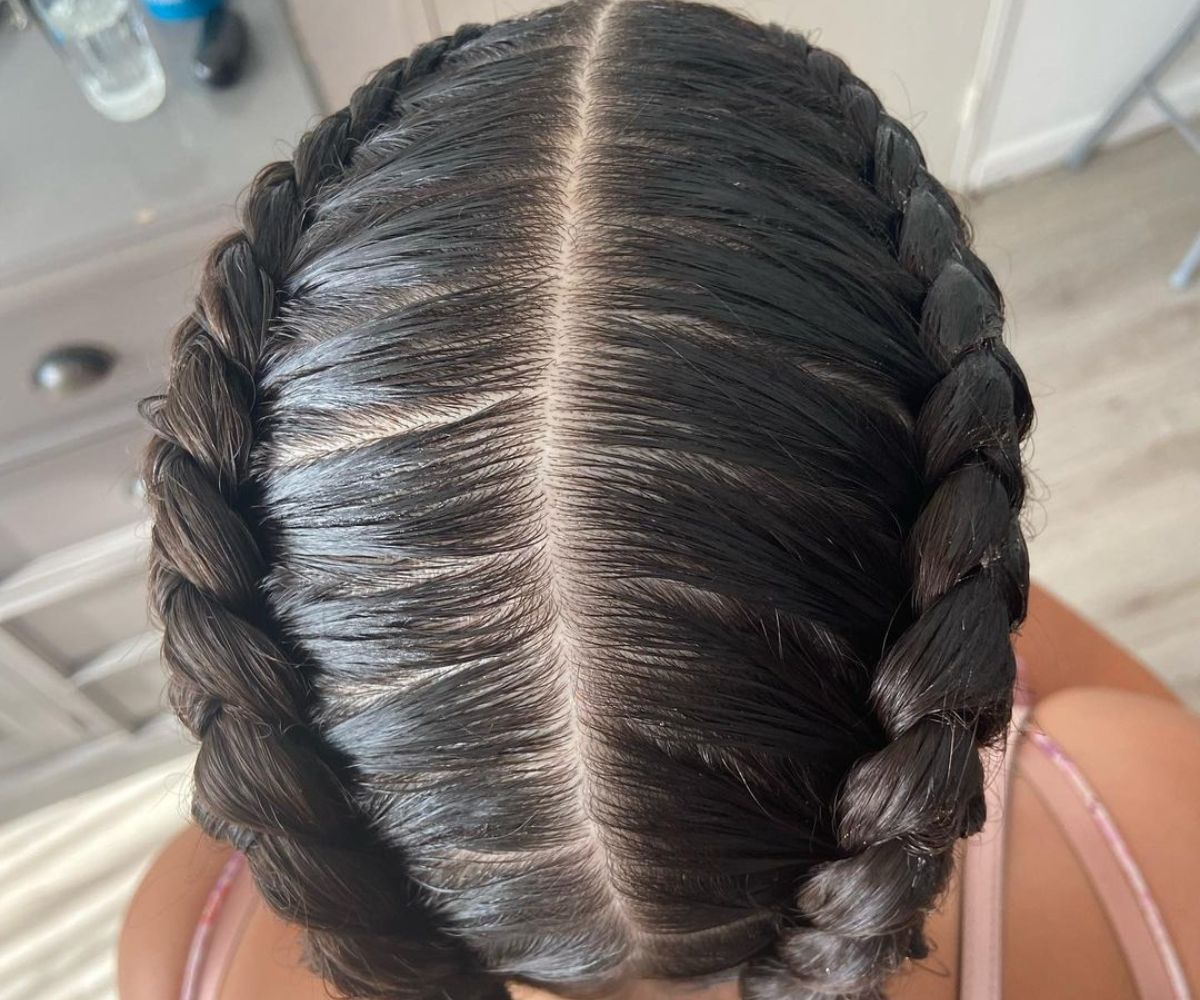 Can I Braid My Hair If I Have Alopecia?
Can I Braid My Hair If I Have Alopecia?
If you have alopecia, braiding your hair can be a difficult and challenging prospect. Alopecia is an autoimmune disorder that results in patchy or complete hair loss from the scalp, face, and other areas of the body. It’s important to note that while it may seem like an impossible task to braid your own hair when suffering from alopecia, there are still ways to do so.
One option for people with alopecia looking to braid their hair is using wigs or extensions. If you choose this route, make sure you buy high-quality wigs and extensions that match your natural color and texture as closely as possible. You should also ensure they are securely attached before attempting any type of hairstyle—braids included!
Additionally, if you’re able to find a wig or extension with clips at the back then it may help provide extra security against slipping out during styling. Another option for those with alopecia who want to braid their hair is investing in some creative headwear such as turbans or bandanas made out of lightweight fabric. This way not only will these pieces protect your head from sun damage but they can also act as stylish accessories which will add flair to any outfit!
What Hairstyle is Best for Alopecia?
If you have alopecia or any kind of hair loss, it can be difficult to choose a hairstyle that is both flattering and comfortable. However, there are plenty of options available for those with alopecia to consider. The first thing to keep in mind when selecting a hairstyle for alopecia is the type of hair loss you’re dealing with.
If your hair loss occurs in patches throughout your scalp, then a layered cut might be best as it provides good coverage while still maintaining texture and style. Alternatively, if your hair loss has left you completely bald on top, then shorter styles like buzz cuts may work better for you since these provide minimal maintenance but still look neat and tidy. When considering which hairstyles may suit someone with alopecia, wigs should not be overlooked either!
Wigs offer an easy way to hide thinning areas as well as add volume and length where needed. For those who want complete control over their look without having to worry about daily styling or upkeep requirements; synthetic wigs can provide exactly that! They come in many shapes and sizes so finding one suitable for your needs shouldn’t be too hard – just make sure the fit is secure before committing fully!
Finally, extensions are another great option if you’re looking for more dramatic changes like longer locks or even color accents!
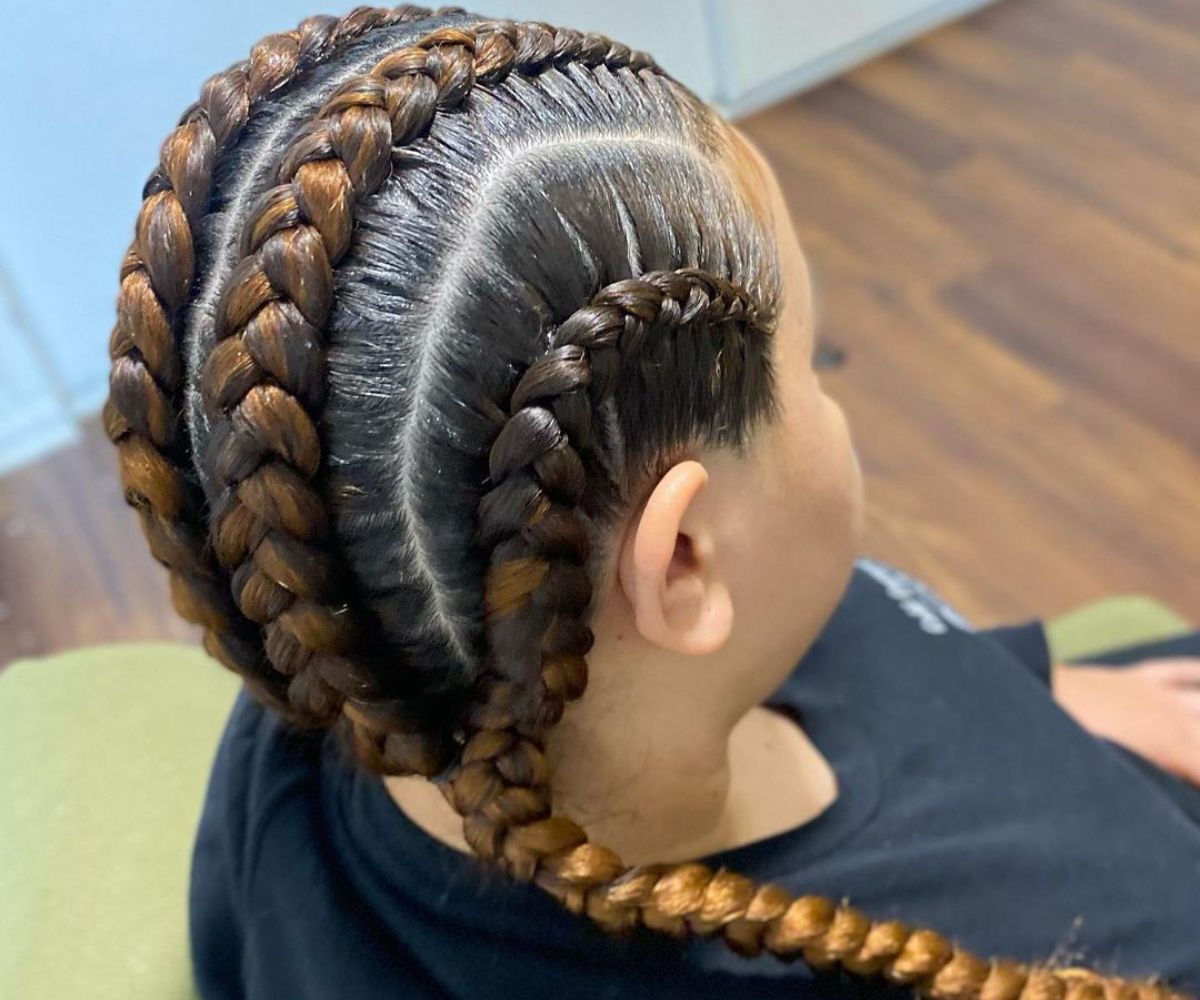 Are Knotless Braids Good for Alopecia?
Are Knotless Braids Good for Alopecia?
When it comes to protecting your hair, no one wants to take any chances. For those with alopecia, this is especially true. Alopecia is a condition that causes hair loss on the scalp and other parts of the body.
Fortunately, there are ways to protect and even restore lost hair when suffering from alopecia—one of which is knotless braids. Knotless braids can be an excellent option for those dealing with alopecia as they provide a gentle way to style your hair without causing much stress or tension on already fragile strands. These types of braids don’t require tight pulling at the roots like traditional box braids do but still allow you to create intricate styles and enjoy having protective hairstyles while helping reduce further balding or thinning patches due to alopecia.
Additionally, knotless braiding techniques tend to use fewer extensions than regular box-braided styles making them lighter in weight and easier on the scalp overall — reducing itchiness that some people experience when wearing tight braid styles for long periods of time. The benefits don’t stop there either! Knotless crochet methods also offer more versatility when styling since they can easily be manipulated into different shapes such as large curls or small coils depending on how tight you want them pulled back in comparison with traditional box-braided looks which are traditionally done only straight back away from the face.
Does Braiding Help With Hair Loss?
When it comes to hair loss, there are a variety of treatments available. One option that is becoming increasingly popular is braiding as a means to help with hair loss. But does braiding really work?
In this blog post, we’ll explore the science behind braiding and its potential benefits in reducing or preventing hair loss. The primary benefit of braiding for fighting against hair loss is related to its impact on the scalp. Braids can provide gentle traction that leads to improved blood circulation at the roots of your hair follicles, which promotes healthy growth and helps you retain more hairs over time.
This increased circulation also helps deliver much-needed oxygen and nutrients directly to your scalp, further promoting healthy new growth while helping existing strands stay strong and resilient against breakage or damage from styling products or environmental factors like humidity or pollution. Another benefit of regular braiding sessions could be stress reduction; when done properly (by an experienced professional), this process can provide a sense of relaxation that may ultimately reduce anxiety levels – something that can have an effect on overall health including your mane! By providing tension relief along with mental clarity, regular braids might just be what you need if dealing with stressful situations has caused your tresses to thin out.
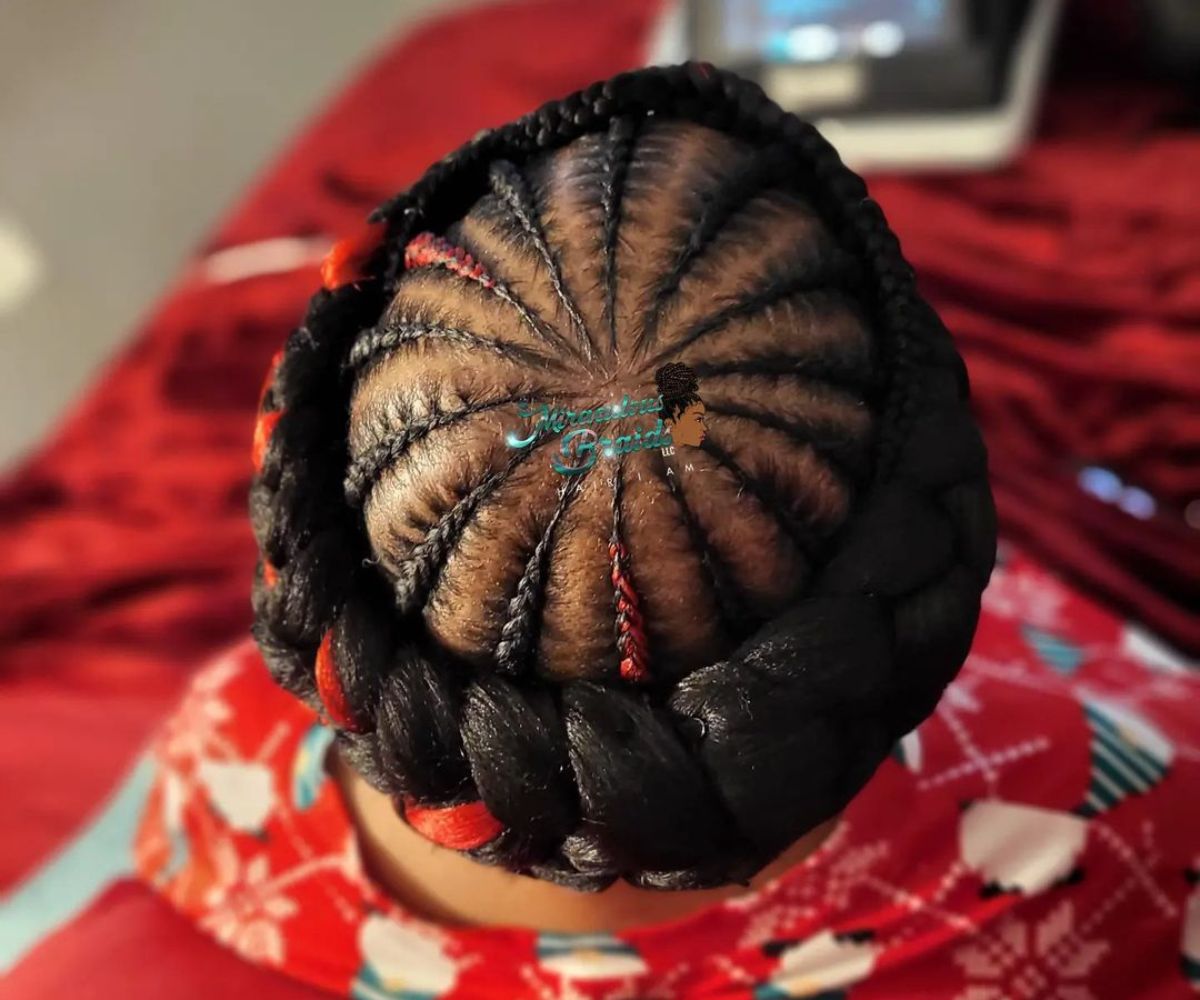 Protective Hairstyles for Hair Growth
Protective Hairstyles for Hair Growth
When it comes to natural hair, protective hairstyles are one of the most important components for promoting healthy hair growth. Protective hairstyles—which include braids, twists, buns, and updos—help protect your ends from environmental damage while keeping your scalp moisturized and free of tangles. When done correctly, these styles can help keep your strands strong and promote length retention by preventing breakage and split ends.
If you’re looking to grow long, healthy natural hair but aren’t sure which protective style is best for you, here are a few tips:
1. Start with low-manipulation styles. Low-manipulation styles like two-strand twists or flat twists require little effort to achieve but still provide ample protection against tangles and damage caused by daily styling or windy days outside. To ensure that your twist out looks its best when taking down the style at night time use an oil such as Jamaican black castor oil to seal in moisture before bedtime each night without weighing the hair down too much during the day hours!
2. Opt for larger sections when cornrowing or braiding. Cornrows should be kept loose enough so that they do not pull on the scalp but tight enough to remain secure throughout wear time; this helps avoid excessive tension on delicate edges reducing breakage around them over time!
Conclusion
Are you looking for protective braid styles that are perfect for people with alopecia? We have some great tips to help you out! First off, it’s important to choose a style that will be comfortable and easy to maintain.
For instance, try braiding your hair in small sections instead of one large section. This way, the tension is evenly distributed throughout the entire scalp and won’t cause any discomfort or damage. Secondly, make sure to leave enough room between each section so that your scalp can breathe freely.
Finally, use a light oil on the ends of your hair before braiding as this helps protect them from breakage and frizzing. With these tips in mind, you’ll be able to find the perfect protective hairstyle for alopecia!

